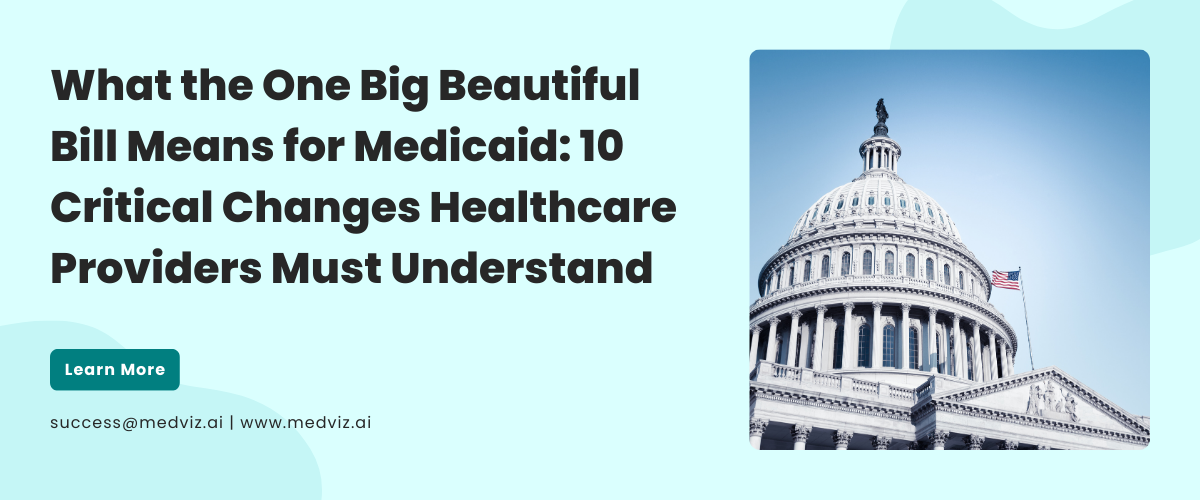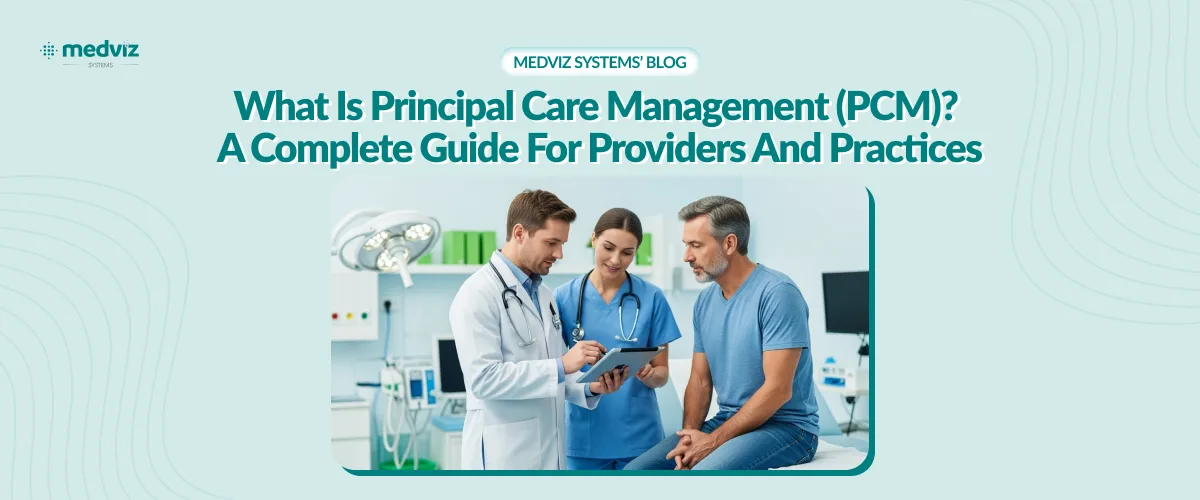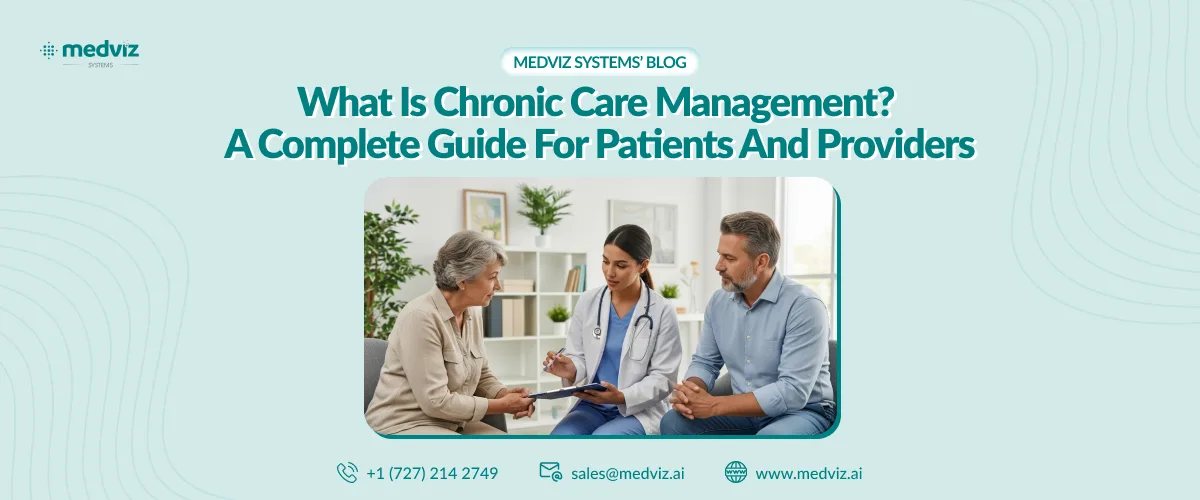On July 4, 2025, President Donald Trump signed the One Big Beautiful Bill (OBBBA) into law—a landmark tax-and-spending package that imposes over $1 trillion in Medicaid-related cuts over the next decade. While the legislation is framed by supporters as a way to “streamline public benefits,” analysts warn it will have far-reaching implications for Medicaid beneficiaries, healthcare providers, and state budgets.
In this article, we break down the 10 most significant changes in the bill, along with their operational and financial impact on the U.S. healthcare system.
1. Mandatory Medicaid Work Requirements
What’s Changing:
All able-bodied adults aged 19–64 must complete 80 hours/month of work, job training, volunteering, or education to retain Medicaid coverage.
Impact:
- The Congressional Budget Office (CBO) estimates $344 billion in federal savings.
- Up to 5.2 million people could lose coverage by 2034.
- Past pilot programs (e.g., Arkansas) showed no employment gains, but significant disenrollment.
Implication for Providers:
Expect increased churn and eligibility disruptions, which may complicate claims processing and patient retention.
2. Biannual Medicaid Eligibility Verification
What’s Changing:
States must verify eligibility every 6 months, up from the previous annual requirement.
Impact:
- Contributes to 10.3 million projected coverage losses when combined with other provisions.
- Higher risk of administrative drop-offs, even among eligible enrollees.
Implication for Providers:
Shorter eligibility cycles may lead to more denied claims, especially in outpatient and community care settings.
3. Cap on Provider Tax Contributions
What’s Changing:
State Medicaid programs can no longer assess provider taxes above 3.5% of net revenue, down from 6%.
Impact:
- Estimated to cut $191 billion in federal funding over 10 years.
- Affects state budgets and hospital Medicaid reimbursement pools.
4. Restrictions on Supplemental Medicaid Payments
What’s Changing:
Supplemental payments to providers are now capped to Medicare-equivalent rates.
Impact:
- Projects to save $149 billion.
- Removes a critical funding stream for rural hospitals, nursing homes, and safety-net providers.
5. Cost-Sharing Introduced: Up to $35 Per Visit
What’s Changing:
Medicaid enrollees between 100–138% of the federal poverty level (FPL) may now face $35 co-pays per service, with annual limits tied to 5% of income.
Impact:
- Reduces care-seeking behavior among low-income populations.
- Increases bad debt risk for providers.
6. $50 Billion Rural Hospital Support Fund
What’s New:
A dedicated federal fund will provide $50 billion over five years to support struggling rural hospitals.
Concern:
Policy analysts argue this is insufficient to offset broader Medicaid cuts, especially for the 300+ rural hospitals currently at financial risk.
7. Expanded State-Level Discretion
What’s Changing:
States may now modify:
- Work requirement exemptions
- Cost-sharing structures
- Eligibility thresholds
Impact:
Increased variation across states, creating inequities in access and administrative confusion for providers operating in multiple markets.
8. Uninsured Population Expected to Rise
Projections:
- 4.8 to 7.8 million Medicaid enrollees expected to lose coverage.
- Total uninsured population could rise by 11.8 million by 2034.
Implication for Providers:
Expect a higher volume of uncompensated care, particularly in emergency departments and maternity services.
9. Stricter Immigrant Eligibility Rules
What’s Changing:
- 5-year Medicaid waiting period reinstated for green card holders.
- Retroactive eligibility cut from 90 days to 30 or 60 days depending on state expansion status.
10. Broader Economic and Political Fallout
Fiscal Overview:
- Adds $2.8 trillion to the federal deficit.
- Shifts federal benefits away from low-income earners, who will lose an estimated $1,600 per year, while top earners may gain $12,000 annually.
Health Outcomes:
- Independent estimates forecast up to 51,000 preventable deaths annually due to lost Medicaid coverage.
- Potential 1.22 million job losses and $154 billion GDP decline, according to the Commonwealth Fund.
What Providers Should Do Now
With new cost-sharing provisions, tighter eligibility rules, and constrained supplemental funding, providers must act to safeguard revenue integrity and patient access.
Medviz Systems can help providers navigate this evolving landscape by:
- Proactively identifying and preventing Medicaid claim denials
- Enhancing real-time eligibility verification and claim scrubbing
- Streamlining reimbursement workflows amid regulatory uncertainty
Contact Us:
📞 +1 (727) 214-2749
📧 success@medviz.ai
Medviz Systems — Powering clean claims, faster payments, and Medicaid-ready operations.
Final Takeaway
The One Big Beautiful Bill marks a dramatic shift in Medicaid structure and funding, placing increased administrative and financial pressure on providers. To remain compliant and financially sustainable, healthcare organizations must adapt early to avoid claim disruptions and protect access for vulnerable populations.
Stay Informed, Stay Prepared
For ongoing Medicaid tracking and reimbursement guidance, visit:



Leave a Reply